Does Sleeping On Your Back Make Your Face Symmetrical

Imagine waking up, the sun gently streaming through your window, and as you catch your reflection, you notice something… different. Is it just the morning light playing tricks, or is your face somehow… more balanced? The quest for facial symmetry, long pursued through makeup techniques and cosmetic procedures, has sparked a surprising new interest: could the simple act of changing your sleeping position hold the key?
The idea that sleeping on your back can influence facial symmetry is gaining traction, fueled by anecdotal evidence and a growing awareness of the impact of sleep habits on overall health and appearance. While no definitive scientific studies have yet proven a direct causal link, experts suggest that consistent back-sleeping can minimize external pressures that contribute to facial asymmetries over time. This article delves into the claims, explores the underlying mechanisms, and separates fact from fiction in the pursuit of a balanced perspective on beauty sleep.
The Allure of Symmetry: A Historical Perspective
From ancient art to modern science, symmetry has long been associated with beauty and health. The golden ratio, often found in nature, has been applied to human faces, with those closer to the ratio considered more attractive. Facial symmetry is perceived, subconsciously or consciously, as an indicator of genetic fitness and developmental stability. Consequently, achieving a more symmetrical appearance is often desired.
But perfect symmetry is rarely, if ever, found in nature, and the human face is no exception. Our individual experiences, habits, and even genetics contribute to the unique asymmetries that make us who we are. A slightly crooked smile or a subtly different eye shape can be endearing features, adding character and individuality.
The Sleeping Position Connection: What the Experts Say
The proposition that sleeping position impacts facial symmetry centers around the idea of prolonged and repeated pressure on one side of the face. Side-sleeping, the most common position, can create consistent compression on the cheek, jaw, and forehead. Over years, this pressure could theoretically contribute to subtle shifts in facial structure and skin elasticity. This concept is akin to the principles behind orthotropics, a branch of dentistry that focuses on guiding facial growth through posture and muscle function.
Dr. Annie Chiu, a board-certified dermatologist specializing in cosmetic and laser surgery, has spoken about the potential link between sleep habits and facial wrinkles. She suggests that sleeping on your side can contribute to the formation of "sleep lines" or wrinkles on the compressed side of the face. These lines are caused by the repetitive folding and creasing of the skin over time.
While Dr. Chiu's expertise focuses on wrinkles rather than skeletal symmetry, the underlying principle – the impact of repetitive pressure on facial tissues – is relevant. Consistent back-sleeping, by eliminating this direct pressure, may minimize the development of sleep lines and potentially reduce the progression of minor asymmetries.
However, it's crucial to note that this theory is largely based on anecdotal observations and logical deduction rather than robust scientific evidence. The human face is a complex structure, and many factors contribute to its shape and symmetry, including genetics, muscle activity, and bone structure.
The Science of Facial Asymmetry: A Complex Picture
Facial asymmetry is a normal phenomenon, present to varying degrees in everyone. Genetic factors play a significant role, influencing bone structure, muscle development, and even the distribution of fat. Our daily habits, such as chewing predominantly on one side or favoring one side when talking, can also contribute.
Trauma, injuries, and certain medical conditions can also lead to facial asymmetry. Bell's palsy, for example, can cause temporary or permanent paralysis of facial muscles on one side, resulting in a noticeable asymmetry.
The interplay of these factors makes it difficult to isolate the specific impact of sleeping position on facial symmetry. While minimizing external pressure through back-sleeping may be beneficial, it's unlikely to be a complete solution for addressing existing asymmetries caused by other underlying factors.
Back-Sleeping: Beyond Facial Symmetry
Despite the lack of conclusive evidence regarding facial symmetry, back-sleeping offers several well-documented health benefits. It's often recommended for individuals with neck pain, as it helps maintain a neutral spine alignment. This position can also reduce the risk of developing wrinkles on the face and chest, as there is no direct pressure against the skin. According to the American Academy of Sleep Medicine, back-sleeping can also be beneficial for those experiencing acid reflux or heartburn, as it allows gravity to keep stomach acid from flowing back into the esophagus.
However, back-sleeping isn't suitable for everyone. It's generally discouraged for pregnant women, particularly in the later stages, as it can compress major blood vessels and restrict blood flow to the fetus. Individuals with sleep apnea should also consult with their doctor before adopting back-sleeping, as it can potentially worsen the condition.
Making the Switch: Tips for Comfortable Back-Sleeping
Transitioning to back-sleeping can be challenging, especially for those accustomed to sleeping on their side or stomach. A gradual approach is often the most effective. Using pillows to prop yourself up or prevent rolling over can be helpful. A pillow placed under the knees can also alleviate lower back strain.
Experiment with different types of pillows to find one that supports your neck and head comfortably. A contoured memory foam pillow can help maintain proper alignment. Consistency is key, so try to stick with your new sleeping position as much as possible, even if it feels uncomfortable at first.
A Balanced Perspective: Acceptance and Self-Care
While exploring strategies to improve facial symmetry can be a fun and empowering aspect of self-care, it's important to maintain a balanced perspective. Striving for perfection can be counterproductive, leading to unnecessary anxiety and self-criticism.
Embrace your unique features and celebrate the qualities that make you who you are. True beauty lies in self-acceptance and confidence, not in achieving an unattainable ideal of symmetry. Focus on healthy habits, such as getting adequate sleep, eating a balanced diet, and practicing stress management, which will contribute to your overall well-being and radiance.
Ultimately, the decision of whether or not to switch to back-sleeping is a personal one. While it may offer potential benefits for reducing facial pressure and promoting better alignment, it's not a guaranteed solution for achieving perfect symmetry. By focusing on overall health and well-being, we can cultivate a positive self-image that transcends superficial ideals and embraces our unique beauty.
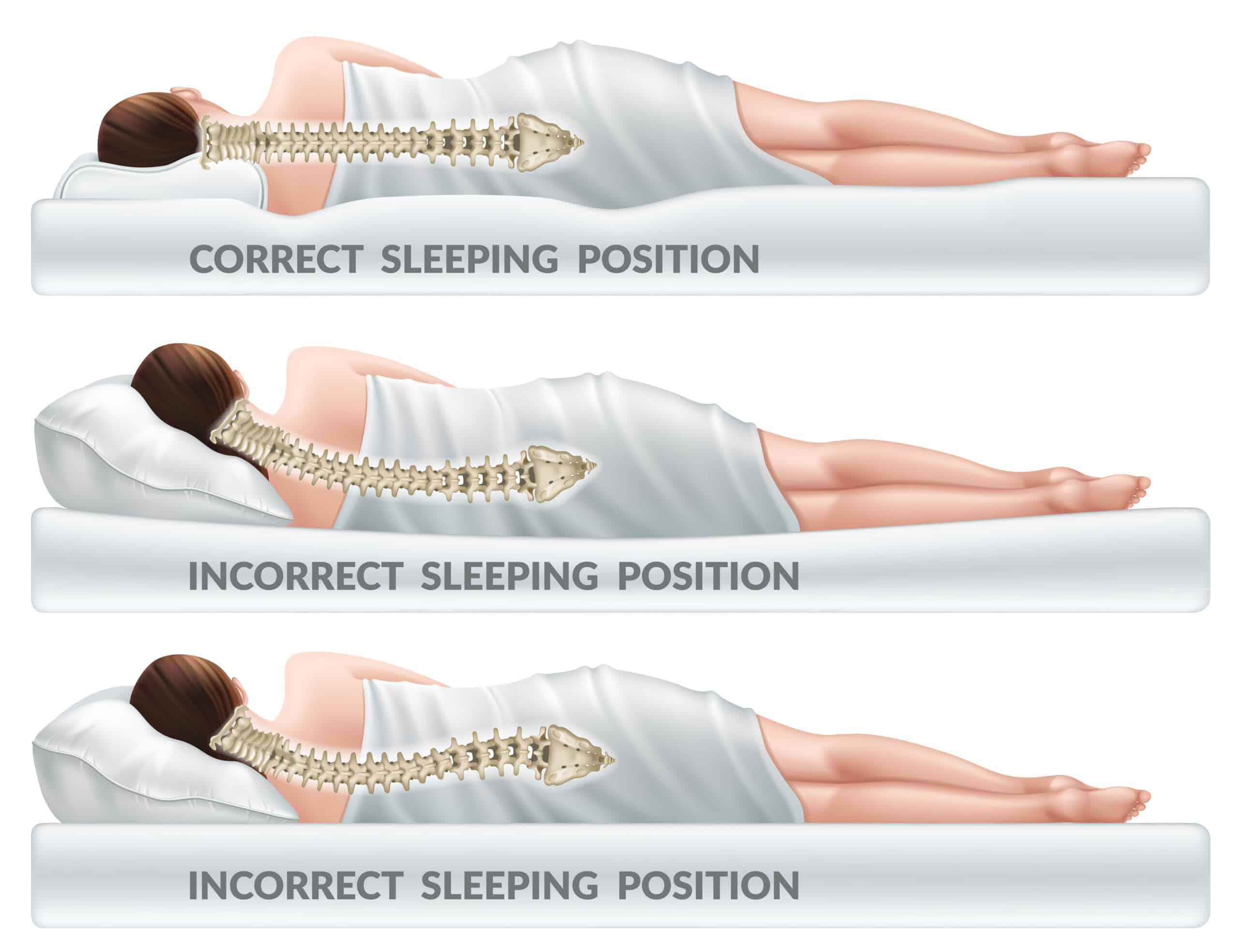
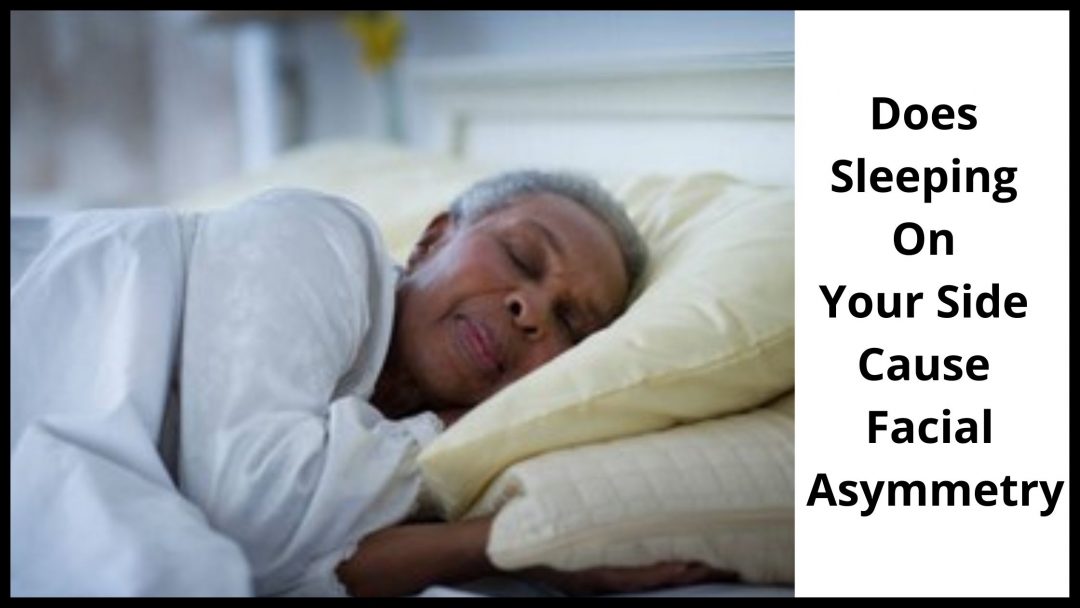
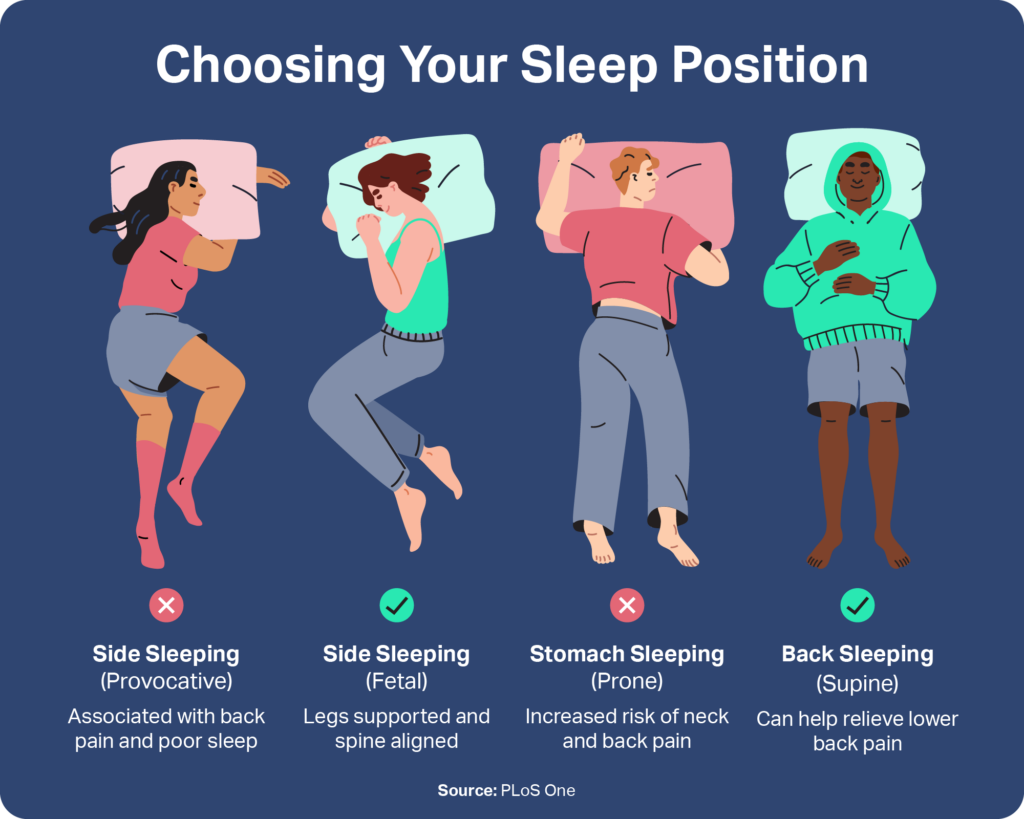
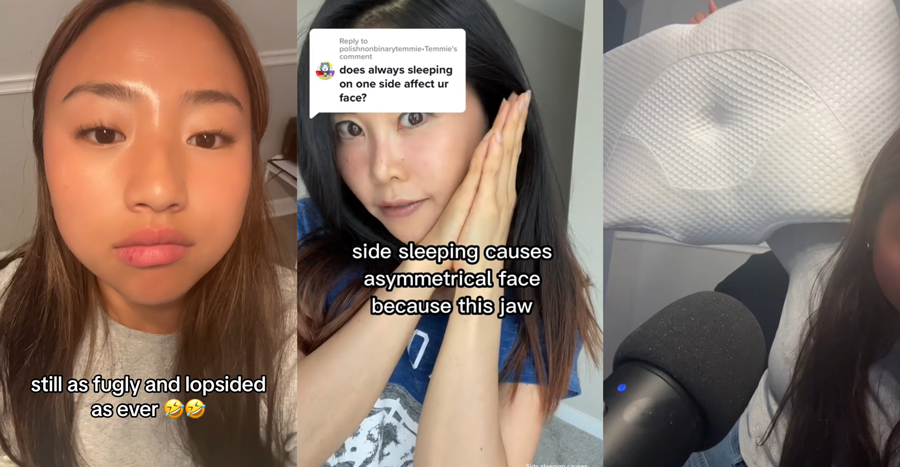

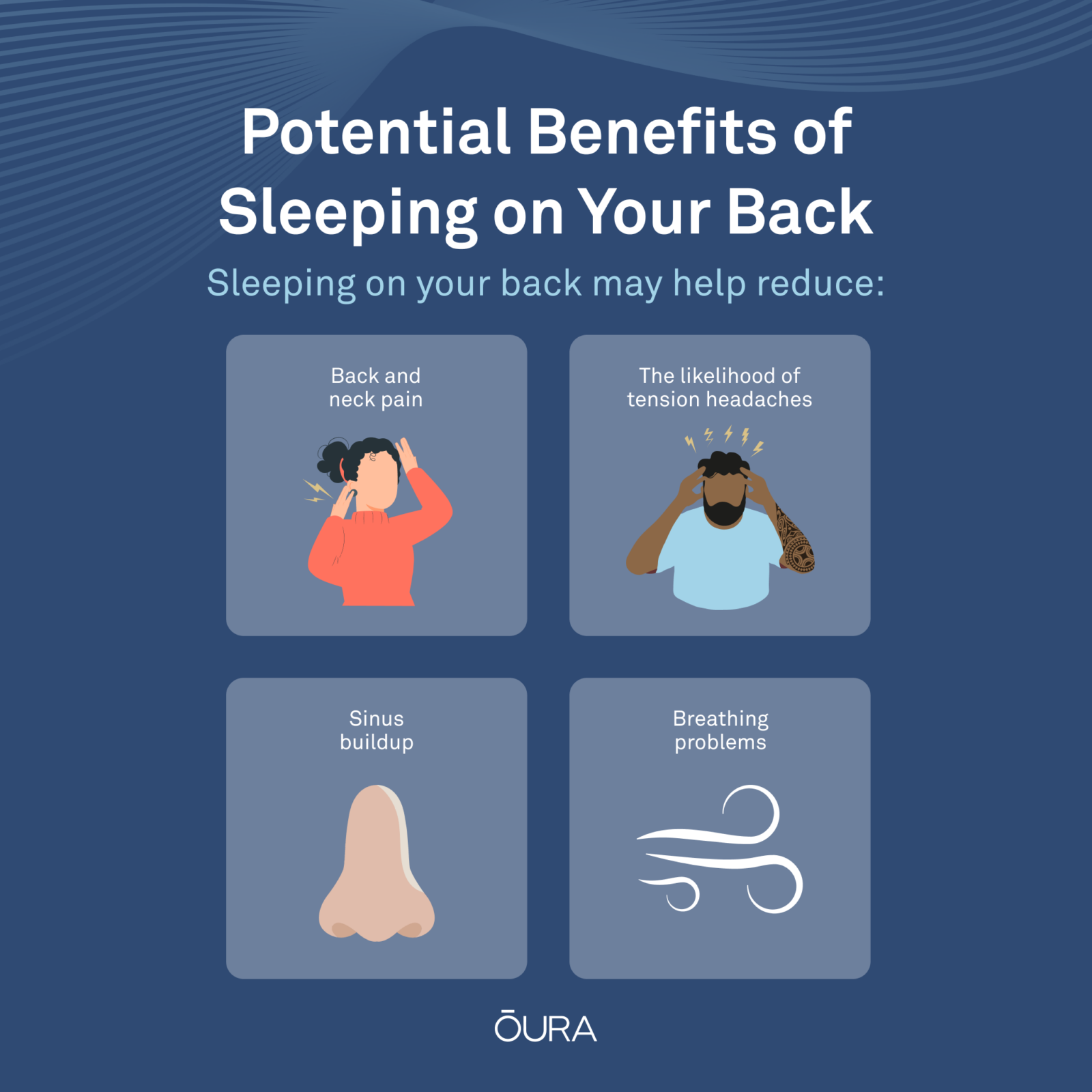
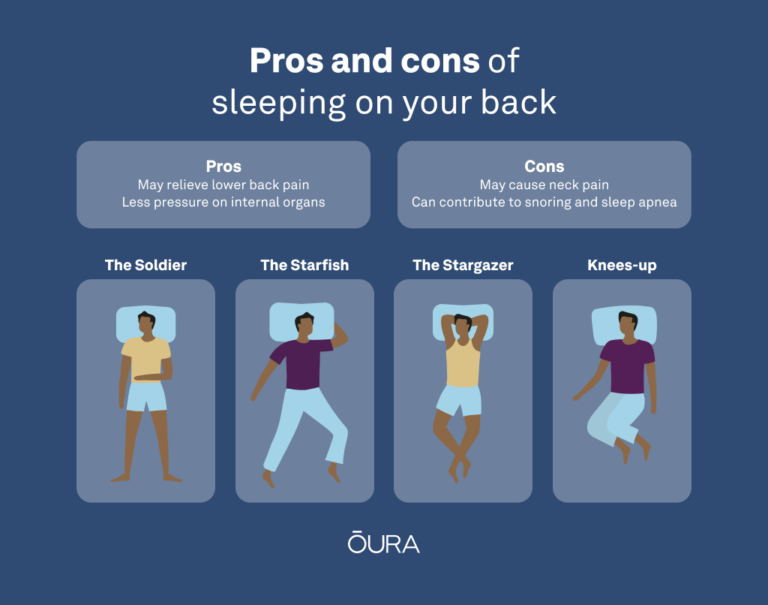

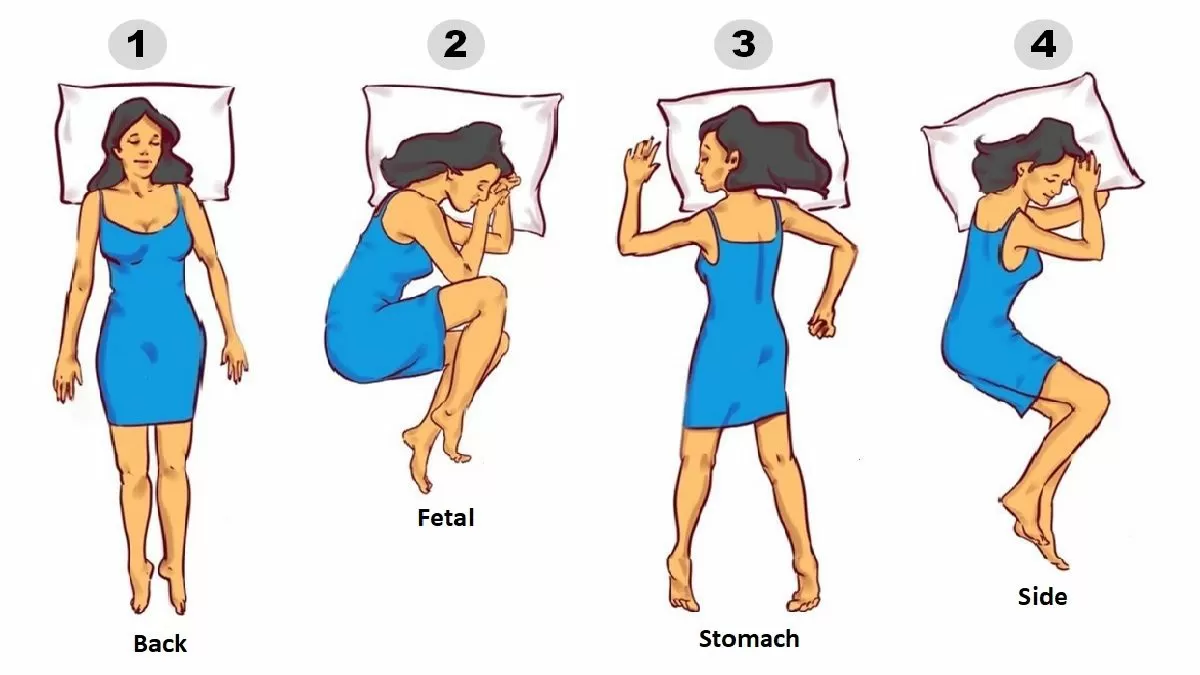







![Does Sleeping On Your Back Make Your Face Symmetrical Fixing Facial Asymmetry [Must Read Guide]](https://images.youthlab.com.au/live/wp-content/uploads/2022/08/441A5348-FE9F-490A-ABF1-60DF542B34F8-1200x1200.jpg)
